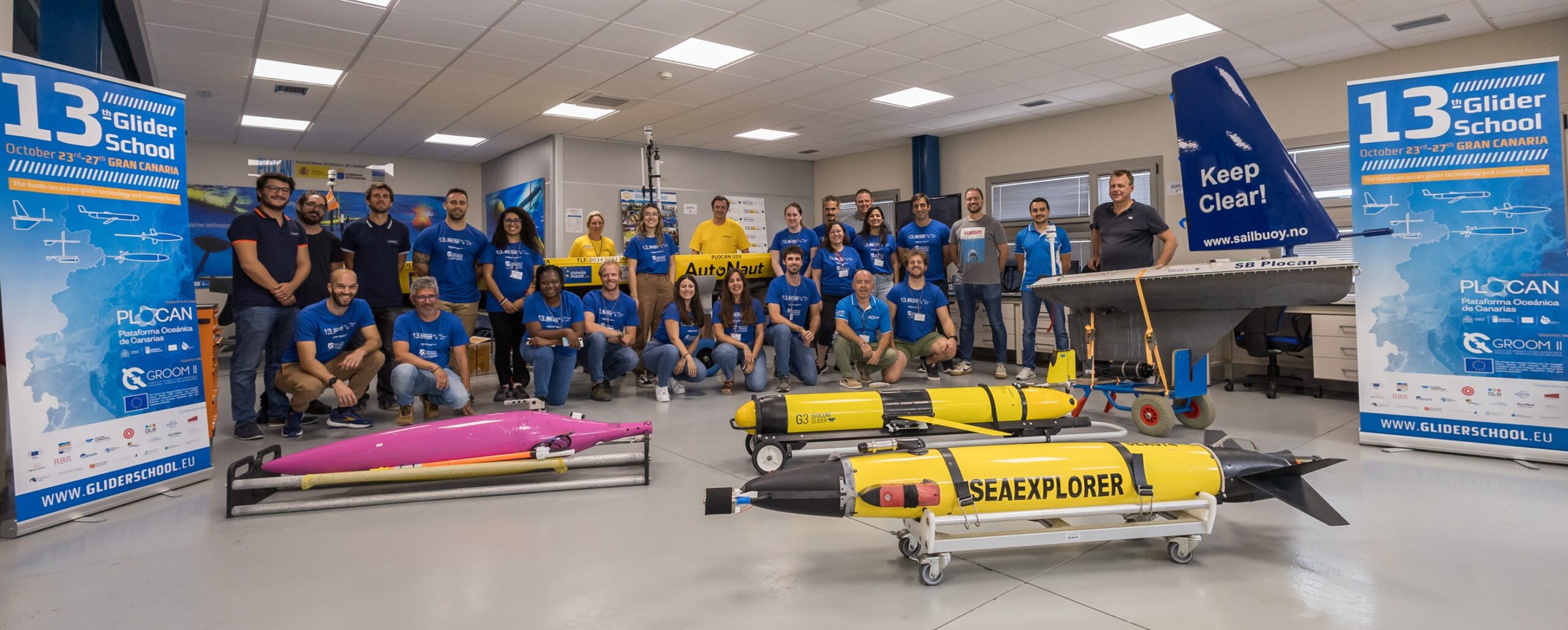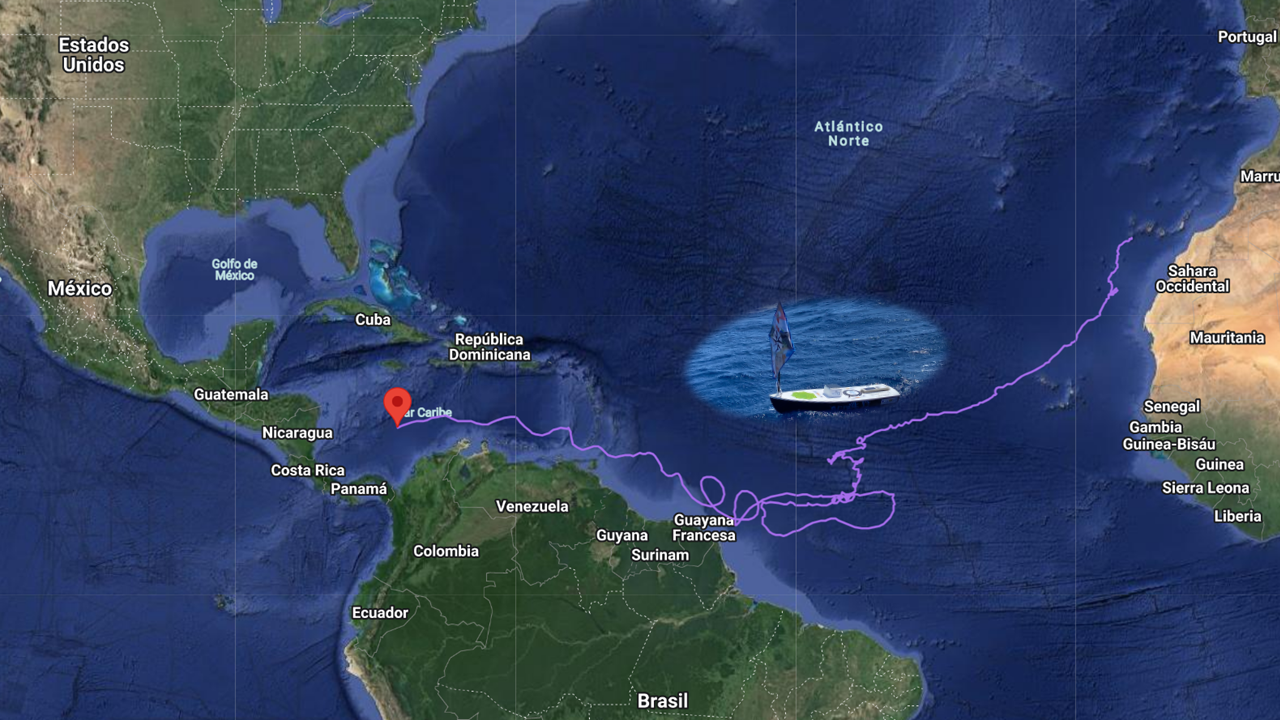During the annual follow-up meeting between the Oceanic Platform of the Canary Islands and the Spanish Air Force the cooperation related to maritime rescue and oceanography was evaluated.
José Joaquín Hernández Brito, director of PLOCAN, and Air Force Personnel of the Canary Islands unit that carry out SAR and coordination actions participated in the meeting.
The Spanish Air Force and PLOCAN have been cooperating during the last 10 years and they signed a collaboration agreement in 2015 that has been recently renewed for the study of the marine currents in the Canary Islands. PLOCAN advises on the management of oceanographic data and information (actual data and predictions) in accidents at sea and during simulation exercises of maritime accidents periodically developed by both institutions.
PLOCAN has a data service of different observation platforms which offers actual and historical data and a prediction service (Meteorological and Oceanographic Support System of the Port Authority – SAMOA) in collaboration with State Ports. Moreover, it offers specialized maritime modeling software for the study of drifting objects and dispersion of pollutants.
During the last decade, both institutions have collaborated in several projects: Forecast of Circulation in the Marine Space of Macaronesia (PREVIMAR), data integration for the characterization of surface circulation in the Canary Islands (INTEGCAN), the migratory cycle of the loggerhead turtle in the Atlantic Ocean (AEGINA) or the European Station for Time series in the Ocean in the Canary Islands (ESTOC). During this period, the helicopters of the Spanish Air Force have intervened in more than 50 deployment or collection of PLOCAN’s observation instruments.
During 2019 four simulation exercises of maritime accidents were developed by PLOCAN and the Spanish Air Force. During the simulation exercises, a buoy of PLOCAN with a positioning beacon is hooked to a life raft which is left to implement search and rescue maneuvers and the information management.
Furthermore, data of surface and wind currents is collected as a support in decision-making during search maneuvers. The collected data is integrated into modeling software which allows to know the most likely trajectory that the life raft will take in the next few hours. When the search and recovery maneuvers are completed by the Spanish Air Force, the results of the model are validated taking into account the actual trajectory followed by the life raft.



